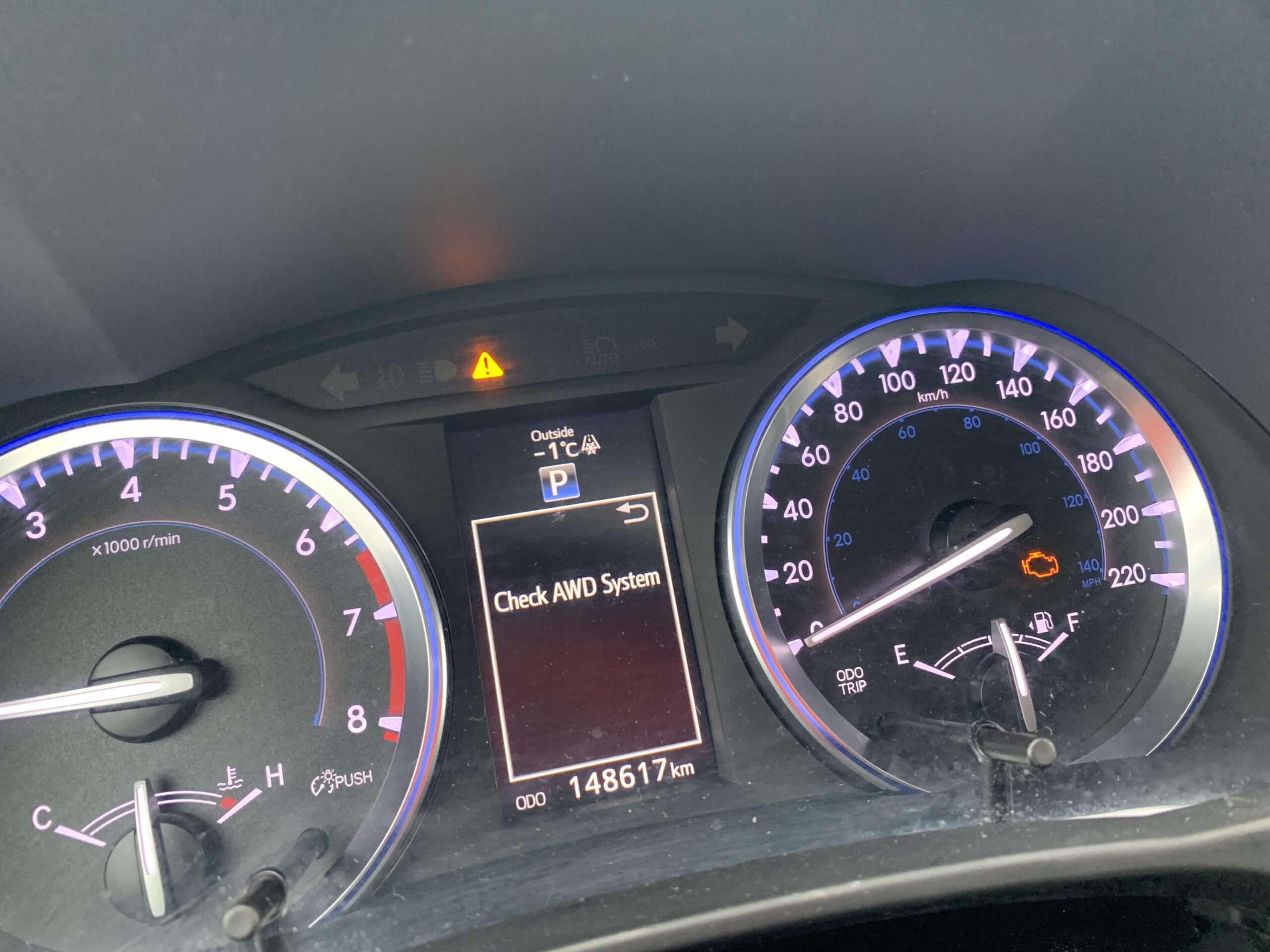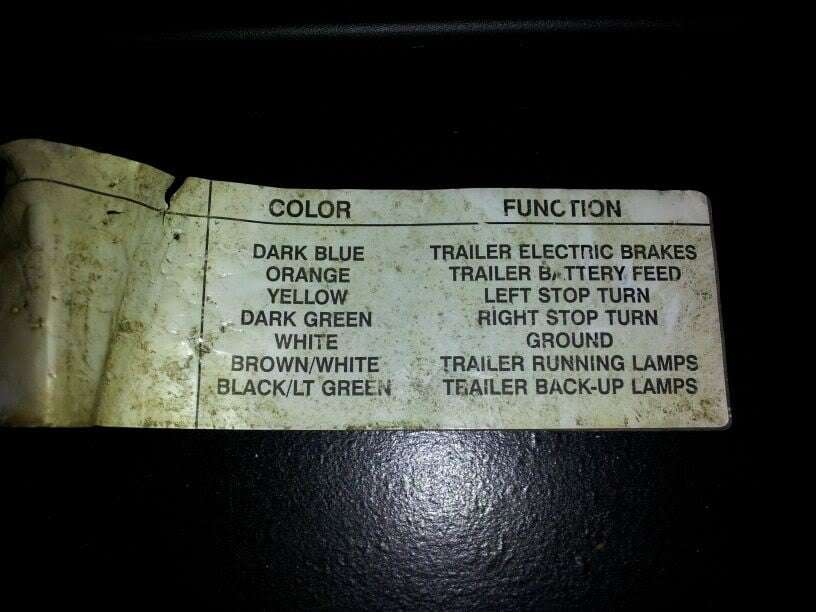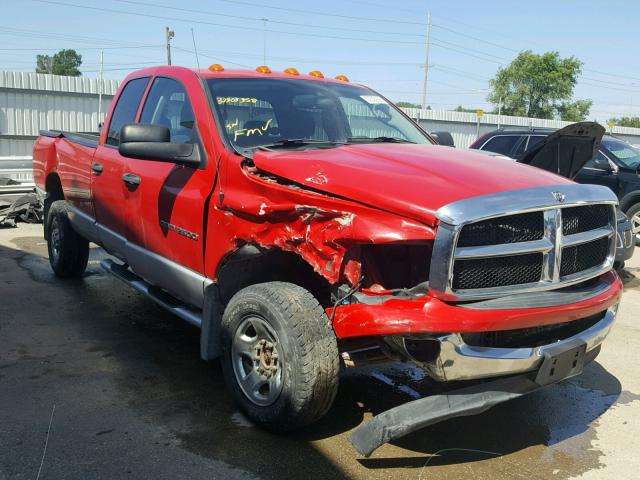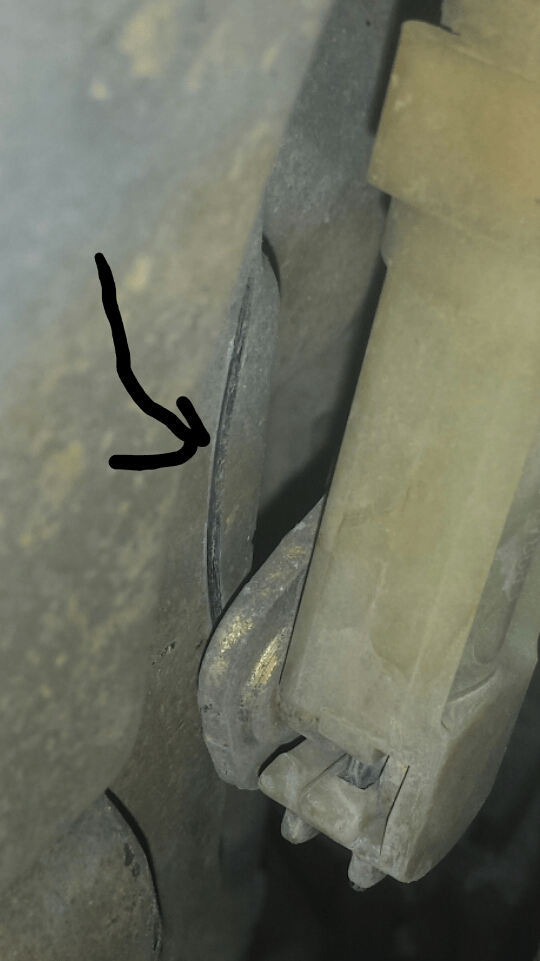Every car owner should perform wheel alignment at regular intervals. Proper wheel alignment ensures your tires are parallel to each other.
Wheel alignment has three primary purposes for a car; The car should run straight on the road, prevent premature tire wear, and enable the tires to hug the road perfectly.
If a vehicle maintains these three parameters, it gives the driver confidence at the wheel. It also extends the longevity of the tires.
If you have misaligned wheels, your tires will pull one side on the road. Once you fix it, you’ll notice the changes right on the track because the vehicle will have a good response time and stop veering off the road.
Here, we’ll discuss wheel alignment cost and its benefits. You’ll learn everything about wheel alignment in the following paragraphs.

How Much Does A Wheel Alignment Cost?
Several parameters affect the overall cost of a wheel alignment. These include your vehicle make, your region, the technician aligning the wheels, and the equipment used.
However, the average cost of aligning any vehicle’s front or rear wheels is $100. For some service technicians, you may spend only $50, while others may charge you $250 or even more.
On average, expect to spend $100 to $200 to align a four-wheel vehicle for optimum results.
The two most important factors that affect tire alignment cost are the type of vehicle you own and the alignment shops correcting the wheel angles.
Many modern vehicles and supercars require specialized equipment to get correct positions on the alignment angles and take more hours than older vehicles.
While vehicle manufacturers have dealerships that specialize in selling, repairing, and servicing their vehicle brands, not all auto service centers will work on all vehicle brands.
You’ll pay more at a dealership to have proper wheel alignment than at alignment shops.
You’ll also get the lowest prices for alignment jobs on superstores like Walmart and Costco with repair centers.
In addition, Pep Boys, Discount Tires, Goodyear, and Firestone will have the same price range.
However, I recommend visiting high engine shops for alignment checks, as they have the best alignment machine and trained staff for optimal results.
A service technician may detect lousy suspension components when checking misaligned wheels. This will take the alignment cost from $100 to $550.
In addition, some automotive technicians will notify you of the lousy components before changing them, while others will replace them before informing you.

Wheel Alignment Issues
Bad alignment is not good for your vehicle. It’ll cause several issues like uneven tire wear and vehicle pulling to one side, amongst other issues. So let’s examine these problems.
Vehicle pulls to left or right
An adequately aligned wheel should not swivel the tires when driving straight. If you suspect misaligned wheels, leave the steering wheel when driving straight on smooth pavement.
If the tire pulls to either left or right, you have a bad wheel alignment.
However, some independent suspension components and lousy ball joints can cause a vehicle to pull to one side.
Also, do not forget that rough roads can cause the wheels to pull to one side.
Uneven steering wheel
The steering wheel in a vehicle should be straight and not off-centered when driving straight.
The best and easy way to check if the steering wheel is centered is to look at the emblem on the steering wheel. When driving straight or straightened the wheels, the steering wheel should be completely flat and centered.
If the emblem is off-centered, you have misaligned wheels that need proper alignment. After realigning the wheels, the emblem should be straight and much easier to control the wheels.
Uneven tire wear
If a particular tire on your wheels is wearing faster or unevenly than others, you have a misaligned wheel. This can come as accelerated tire wear on the inside, uneven outside tire wear, or tire collapse.
You can measure the tire tread depth with a tread depth meter to determine the wheels’ accurate tread wear. Your wheels should wear evenly.
Vibrations on the steering wheels
Vibrations on the steering wheel show an underlying issue in the suspension. It could mean you have misaligned or imbalanced wheels.
Steering wheel vibration may project catastrophe on other system components that need the attention of a professional mechanic.
Loose steering wheel
A loose or sloppy steering wheel disrupts a seamless driving experience, as it can delay the steering response time. A common cause of a sloppy or loose steering wheel is misaligned tires.
Consult your mechanic for a thorough inspection and fix whenever you have sloppy steering.
Squealing noise from the tires
Misaligned wheels may cause premature and uneven tire wears. This can cause odd noise when accelerating or turning.
However, other factors like bad or worn brake pads can cause squealing noise from the tires.
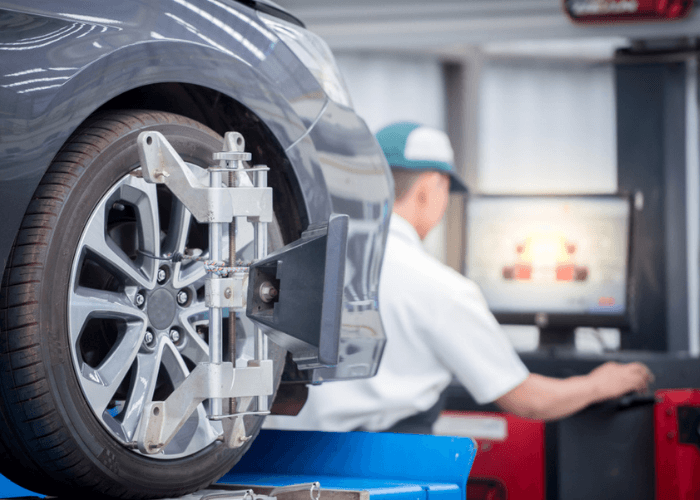
Benefits of Wheel Alignments
It is not uncommon to have misaligned wheels. Wheels can go out of alignment and affect vehicle handling and performance. However, you need to align your wheels at all times.
Here are the benefits of wheel alignment and why you should keep your wheels aligned.
Improved gas mileage
Take it or leave it; wheel alignment affects your gas mileage. When wheels are correctly aligned, it helps evenly distribute engine power and torque to the wheels.
But, of course, you know what this means – less wasted energy and less fuel.
Increased safety
Aside from improving gas mileage, properly aligned tires increase the safety of your vehicle. As far as I know, safety is one thing you shouldn’t compromise for anything.
Better handling
We explained earlier that a misaligned wheel affects the overall vehicle handling. Therefore, when the wheels are correctly aligned, it enhances the handling when driving uphill, downhill, or on a leveled pavement.
Longer tire life
Since misaligned wheels cause premature and uneven wear on the tires, it’s a no-brainer that cultivating a habit of routine alignment will extend the tire lifespan.
Keeping your suspension system components in check, regular tire rotation and aligned wheels will ensure a more even wear on the wheels. These will extend the overall tire lifespan.
Less damage to other components
The benefits of routine alignments do not end on the tires. It also ensures less damage to other system components like the drivetrain, transmission, differentials, suspension, and brakes.
When your vehicle components aren’t stationed the way they should be, every system works harder to compensate.
Unfortunately, that means more stress and more damage, increasing maintenance and repair bills.
FAQs
Is wheel alignment necessary every year?
Some automotive technicians will tell you if your vehicle needs alignment when fixing suspension issues.
However, I recommend checking your tire alignment every 2-3 years. You can also check your wheel alignments whenever you change your tires or replace your tire rods.
Do I need a wheel alignment on new tires?
If you fail to align your wheels after installing new tires, you’ll have a rough ride experience. The tires may wear unevenly and may not reach their lifespan.
Do I get to get all four tires aligned at once?
Even on 2-wheel alignments, the service technician has to check anything that’ll affect the handling of the vehicle. If all the wheels can be aligned, let the service technician do so.
If they can’t, let him align the front wheels and check for any defects on the rear wheels.
Final words
Misaligned wheels will lead to bad gas mileage, steering wheel vibration, bad handling, and uneven and accelerated tire wear.
Wheel alignment and wheel balancing are two different things. A wheel alignment adjusts the camber, toe, and thrust angle so the wheels will hug the road perfectly.
When aligning the wheels, the automotive technician adjusts the caster, camber, and toe. Most times, wheel alignment requires adjusting only the toe.









